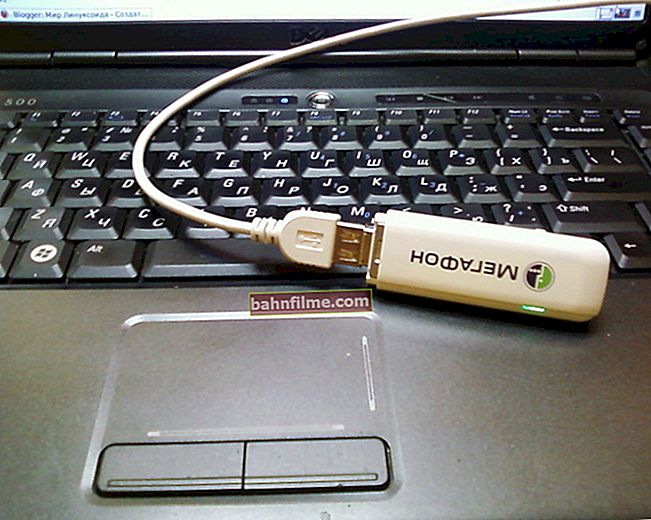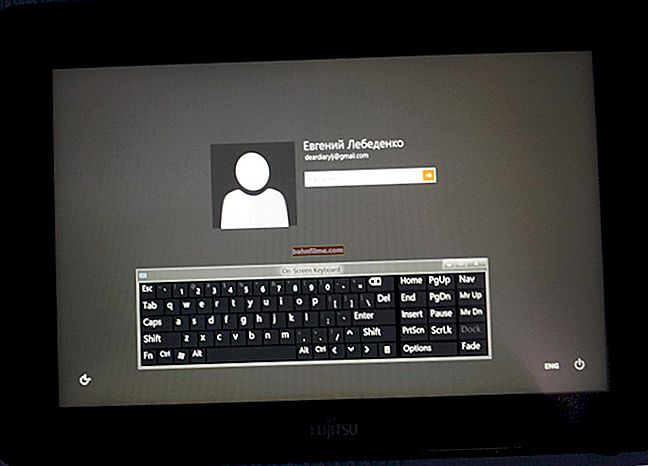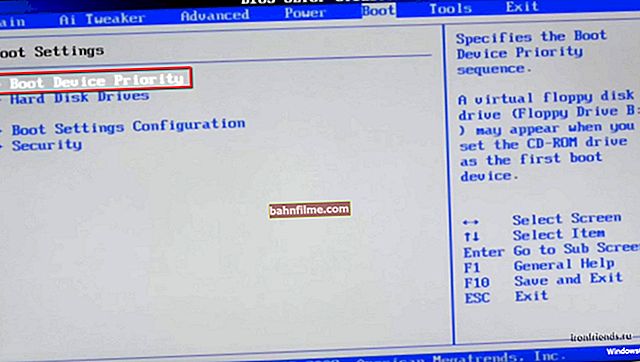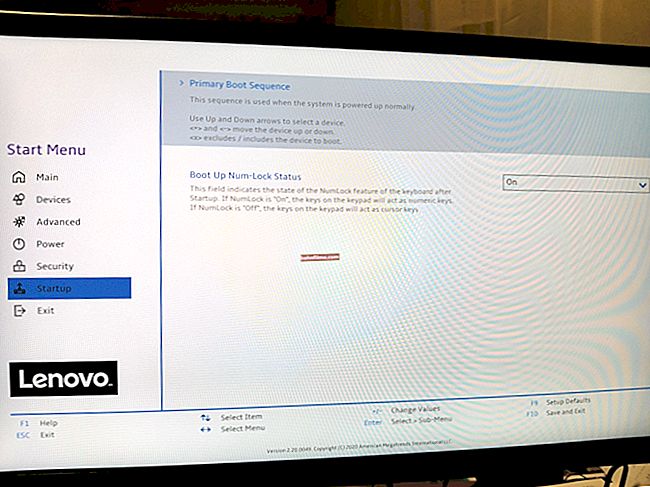
User question
Hello.
Could you tell me if you can somehow find out your password in the browser? The fact is that I have the Firefox browser installed on my computer - and it substitutes the login and password for one site automatically and everything goes in. But on a laptop, I cannot go to this site, tk. I don't remember the password.
Is it possible in Firefox on the computer to see the password hidden behind the asterisks (it is not possible through the settings of the browser itself)?
Good day!
All modern browsers remember the sites you visited, the passwords and logins that you entered on them (at least, the browser, when entering some data for authorization, always offers to save them). This is done to speed up your work: so as not to manually enter the password every time, and not to waste time on it.
In this article I will show how you can find this data in the settings of several popular browsers (of course, and use them их).
👉 More on the topic!

You may be interested in an article on how to view the history of site visits, even if it has been deleted.
*
How to view all logins and passwords saved in the browser
Chrome
Settings address: chrome: // settings / passwords
Copy the link above into the address bar of the Chrome browser and follow it. A settings window should open with all passwords and site addresses opposite them.
By the way, here you can also set whether to use the function of automatic login to sites (auto-substitution of password and login in the authorization form).

Chrome - passwords, logins, attendances ☻. The list can be quite long ...
Next, find the one you need in the list of sites. Next to the post "Password" there is an icon with an "eye" - if you click on it with the mouse, instead of asterisks, the password itself appears (example below). You just have to rewrite or copy it, and you can use it in another browser (or on another PC).

Show / hide password
*
Firefox Quantum
Privacy settings address: about: preferences # privacy
To open the list of saved passwords in the new Firefox Quantum browser - click on the icon with three lines in the upper right corner (example -  ), then select "Settings / Privacy and Security" ... You can also use the address above.
), then select "Settings / Privacy and Security" ... You can also use the address above.
Then click on the button "Saved logins ..." (see screenshot below).
Note: please note that in the settings there is a check mark next to the item "Remember logins and passwords for websites". If it does not exist, the browser will not save anything to its log ...

Privacy settings window in Firefox
Next, you will be presented with a list of sites for which the browser has saved data. Just find your site in the list and click the button "Show passwords" (at the bottom of the window). Actually, everything ...

List of saved logins in Firefox
*
Opera
Settings address: opera: // settings / passwords
To open the list of passwords in Opera - use the address given above (just copy it into the address bar of your browser and go to it).
Next, you will see a window in which you can view the entire list of saved passwords. To view the hidden password - millet click the button "Show" (screenshot below).

Opera password list
*
Yandex browser
Settings address: browser: // settings / passwords
In the Yandex browser, everything is the same as in other browsers: copy the link (given above) into the address bar of the browser, and follow it. Next in the list, find the site you need and see the password (button Show / Hide ).

Passwords in Yandex browser
*
Find out the password hidden behind the asterisks
It happens that the password is forgotten, and the browser remembers it and substitutes it in the authorization form automatically, offering you only to confirm the login (as, for example, in the screenshot below).The password, of course, is hidden by asterisks, you cannot copy and view it. But you can very easily change it and find out.

Authorization panel
I will show it using the example of the Google Chrome browser (as the most popular today ✌. In principle, in many other browsers the actions will be similar).
First, right-click on the password in the form of asterisks, then select from the menu "View Code" (see screenshot below).

View Code
Further, in the highlighted code of the page, pay attention to the type of the field: type = "password"... Those. this type of field is used to enter a password and therefore the browser hides all characters in it with asterisks.
But this type of field can be changed, right? Just change the word password on the text - i.e. change the field type.

Change the field type (password to text)
As soon as you finish text and the browser will take note of this - you will see that your password will be displayed in the login window instead of asterisks. Now it can be copied from burn.

We see the password - everything is simple!
*
👉 As for Firefox on which there was a question at the beginning of the article, the modern version of Firefox Quantum is very similar to Chrome, and the action described above is done in it in the same way.
You also need to right-click on the field in which you enter the password, select from the menu "Explore Element" , and change the type from password to text.

Firefox Quantum - Explore Item
*
PS
In order not to forget passwords, I recommend setting a small notebook and there to write down all important passwords, logins, answers to security questions, and other things that will help you quickly restore gaps in memory.
Many will laugh, but in fact it's a cool thing - even on another PC, far from your main one, you can log in and log in to the site you need, and continue your work!
It's no joke to say that in my notebook there are 20-year-old passwords from resources that have long since sunk into oblivion ... 👌
*
Additions on the topic are welcome!
Well, that's all for me, good luck!
👋
First publication: 27.11.2017
Correction: 01/30/2020









